The interpretation of body language has recently become a popular subject due to the TV show „Lie to me“. The associated facial expressions are often used for only a fraction of a second but give away one’s true emotions. This is often followed by fake expressions attempting to hide one’s real feelings. One who can interpret these subtle initial expressions, or “micro expressions” can best judge the underlying emotions and motives. The Iphone app “Micro Expression Training” offers training in this subject.
Here is a list of the seven basic emotions and what one needs to observe.
Happiness
The angle of the mouth is pulled back and up. A furrow shows from the bridge of the nose to the upper corner of the mouth. Laugh wrinkles appear around the eyes. This is how one can tell the difference between a real and fake laugh; a real one is expressed by the eyes, a fake one only through the mouth.
Sadness
The inner corner of the eyebrows and the eyelids are pulled up. The lips form an upside down u-shape. The expression is empty and without focus.
Anger
The eyebrows are pulled together and down. Vertical wrinkles appear between the eyebrows and the lower eyelids are tense. The eyes have an intense glare and the lips are slightly pressed together.
Fear
The eyebrows are raised and pulled together. Furrows appear in the middle of the forehead. The upper eyelids are raised, while the under lids are up and tensed. The lips are tense or pulled back.
Disgust
The upper lip is raised, the lower lip pressed against the upper. The nose is quite wrinkled and the cheeks raised. The eyebrows are lowered and wrinkles appear under the eyes. The head is usually tilted to the side or back.
Surprise
The eyebrows are lifted, wrinkles form across the forehead and the eyes are wide open. The mouth if open and slack.
Contempt
The face is relaxed. Only the side of the mouth is strained and pulled up. One gets the impression they want to ask; “what do you want to tell me already?”
Micro expressions are useful
Understanding subtle nonverbal body language, like micro expressions, is useful for detecting deceit. Yet that is just one usage. One who can interpret such signs is always a step ahead of their rivals.
Leading coworkers
One immediately recognizes how coworkers react to your decisions. Soft skills belong since some time to the core assets of successful managers. One who relies only on the power of their position in a firm is missing out on opportunities and encourages resentment and resistance from the employees. This leads to stringent rules and unsatisfactory business results. Leading with character means one better can respond to specific people and situations.
When Mr. Smith is given a new project, one can judge whether or not he will get along with the workload by reading his nonverbal reactions. If he says; “I’ll manage that” but his body language shows resistance, it is important to discuss the details. Lastly, it’s in the interest of the management to see the job properly executed since they are responsible for the outcome.
Coaches, trainers and therapists
You take it seriously how your clients are doing. Helping others means to first understand their problems. But these are not always the one’s they openly mention. Their real feelings are often hidden between the lines.
In an example, Mr. Jones speaks about the situation with his main customer. One can see anger on his face. We can induce positive modification when we analyze together the true sources of his aggression.
Sales pitches
You realize how a product presentation affects your clients emotionally. One can estimate if he will decide to buy or not before he even says so. The aspects of the product he values can be seen by his expressions. Here can one react and avoid objections in advance. Micro expressions can show if oppositions are actual or contrived. When one already knows he will buy, one can casually shift to the discussion of price. Then one can close the sale with a minimum of concessions.
Relationships and partnerships
You see how your partner is really feeling. What would you give to be able to read his mind? That doesn’t work but one can interpret what he is currently feeling. Being able to understand and react on a partner’s emotions can keep a relationship fresh and harmonious; quarreling included. When tempers get too hot it is often better to put the discussion off.
Family and friends
It often helps to have someone to share sorrows with. One doesn’t necessarily need solutions, just someone to talk to. Sometimes a friend is not ready to discuss his problems and the more you ask, the less open he is. That’s the time to let it go. When he’s ready one will know by his reactions what’s really up.
Poker playing
Even a practiced poker-face sometimes gives something away. A short blink gives a signal whether one tends towards “all in” or to fold. Poker players are more successful in the long run if they can read their opponents.
Attention:
The first rule of reading body language is that everyone’s reactions are in context of the situation and there are no conclusive conclusions. A headache is not necessarily the result of an all-night binge. There can be many causes. Rule number two is that one never openly mentions another’s body language. Examples like; “you just gave me a disgusting look” or “you just crossed your arms; that means you aren’t open to my opinion” are best avoided. Better is to reactive with a question like; “are you sure that you really want to eat Italian?”
Learn to read micro expressions
This source gives a guideline for details. That micro expressions usually last for between 0.25 and 0.5 seconds, one needs professional training to better understand them. There is an Iphone app for this called “Micro Expression Training” available here.
You also might like:
100 best inspirational artist quotes, you can use in your daily work

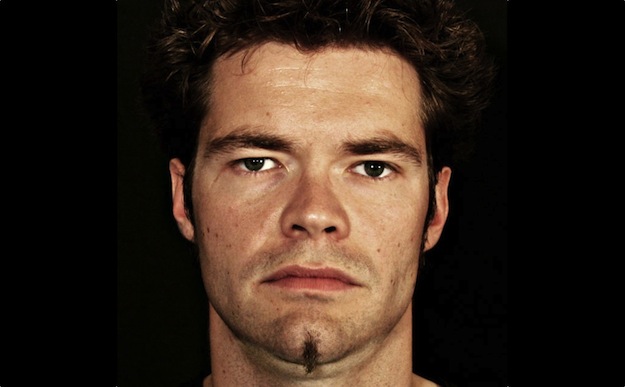
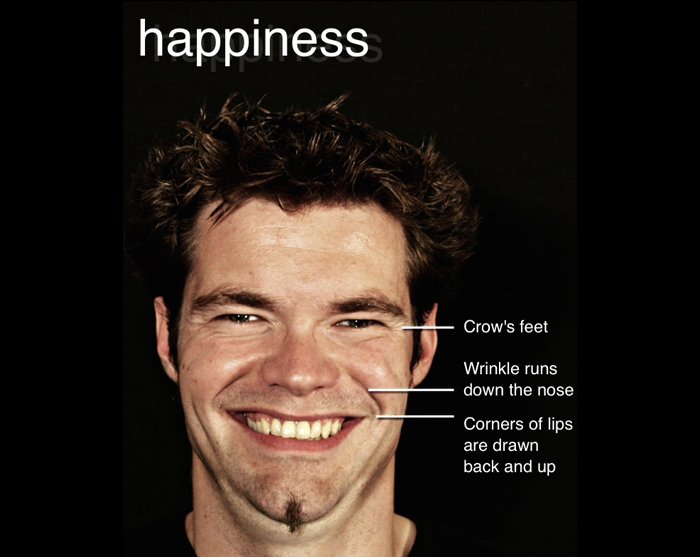
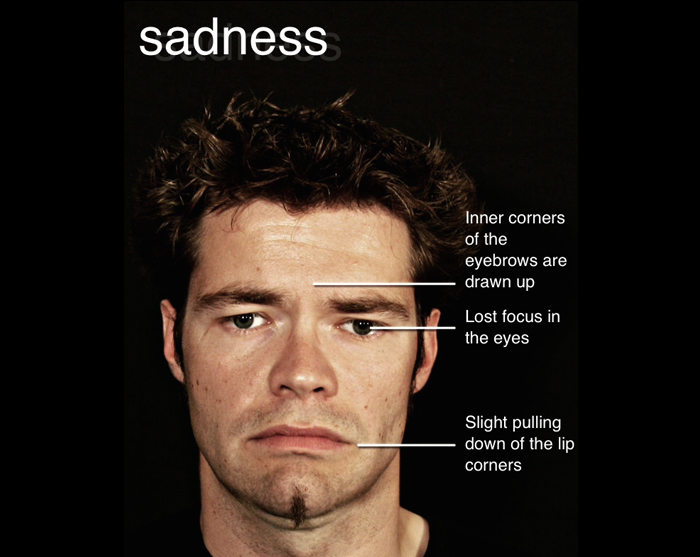
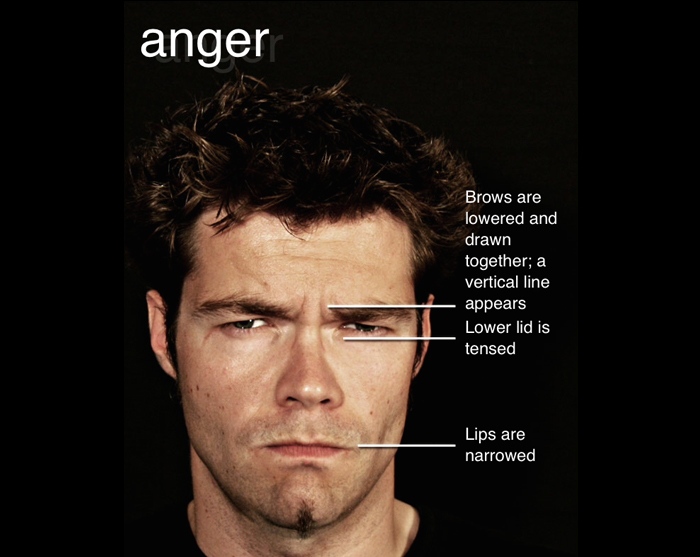

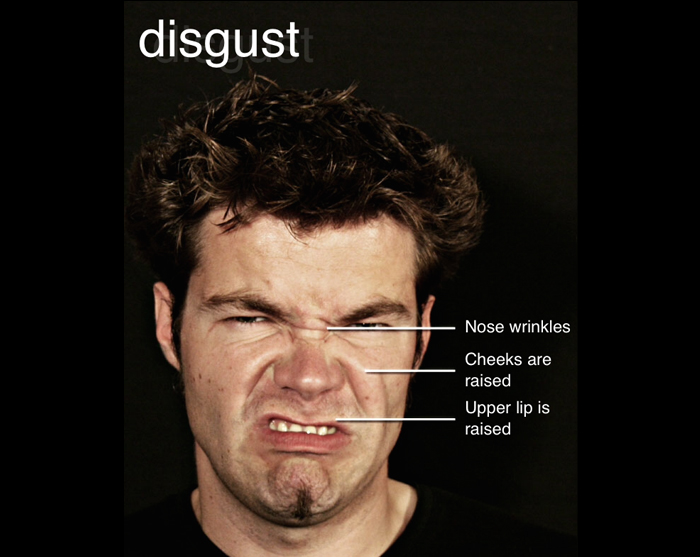
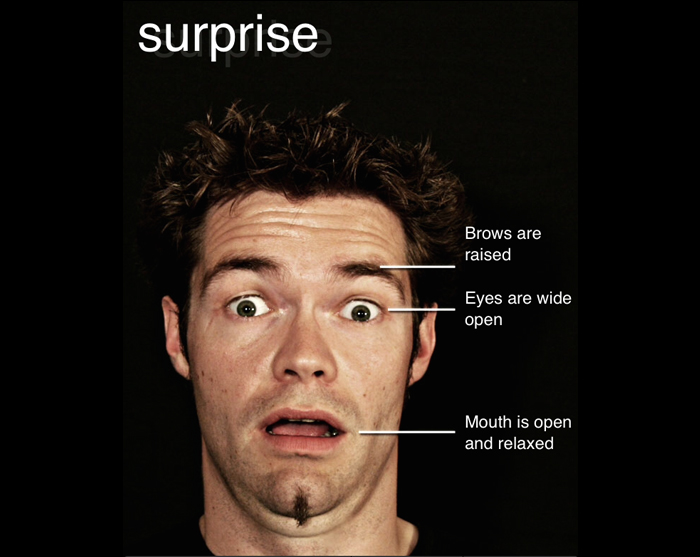
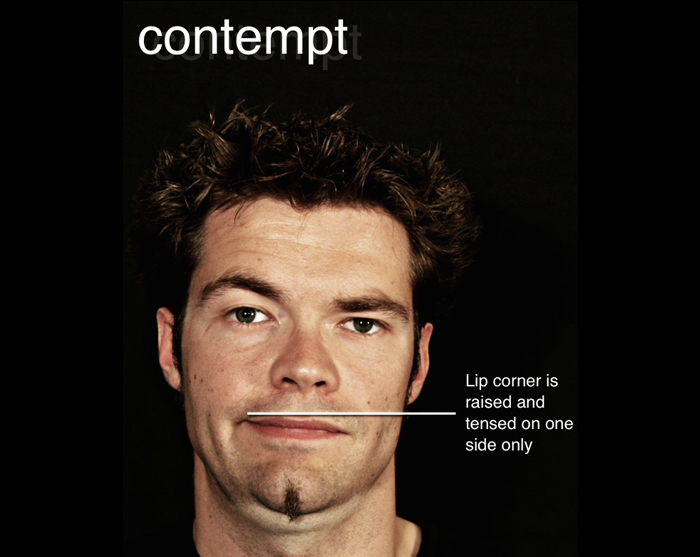
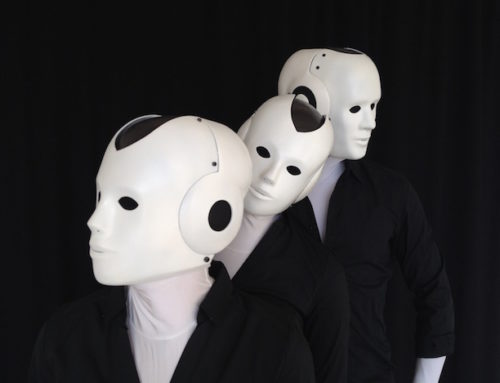
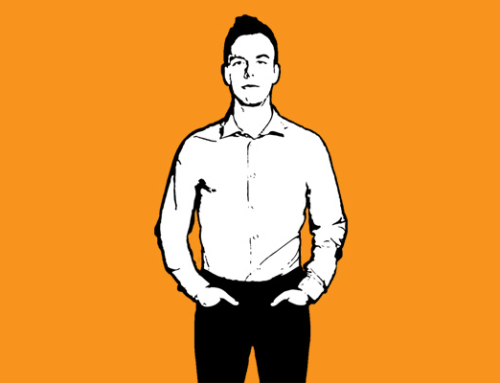
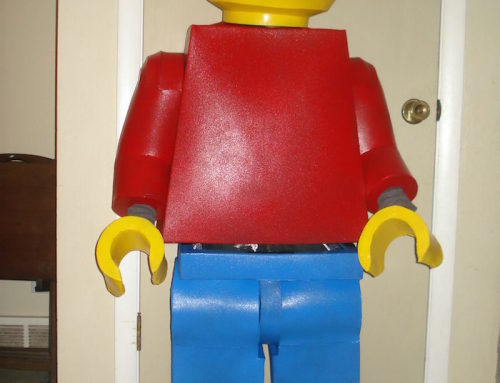
further to my previous mail, of course i will refer always to pantomime-popkultur for the courtesy of the photos